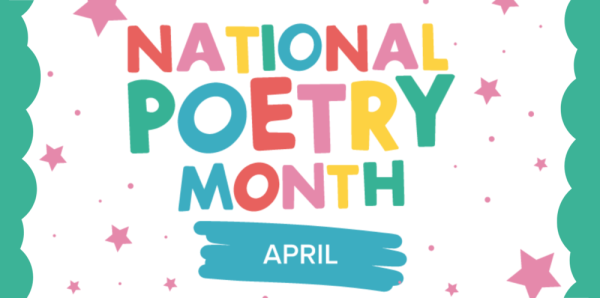The sound heard around the world
The history of the saxophone and its historic holiday
In any band, multiple instruments are used to help further create the melody that is needed. Out of all the instruments used, it is hard to say which one is most beneficial.

While some say it is the flute, others may disagree and say it is the tuba or the oboe that ties the piece together. However, people forget that between the common lines of the woodwind and brass sections, there is an instrument that is a hybrid of both sections – the saxophone.
In 1840, Adolphe Sax wanted an instrument that would fill the gap between the woodwinds and the brass. So he created the saxophone, which was the most vocal of the woodwinds and the most adaptive of the brass.
Band teacher Ken Karlin’s history with the saxophone started back in 1978.
“I have a long history with saxophones,” Karlin said. “It started back in 1978 where I studied with Jim Lumice. Then I went on to study with Larry Teal, a famous saxophonist, at IU. Finally I studied with Daniel Devlin, a saxophone repairer, and Frank Bonjorno at Ball State.”
“With bands, I have been teaching the many ways to express the different parts of the saxophone to students. I prefer to play Alto, however I switch to Tenor for jazz because these instruments have more of a human voice to them and fill the gap between sections.”
The saxophone is a brass instrument played when a wooded reed is applied with water and air. It consists of a tube of thin brass that is sometimes silver, gold or nickel. Along the tube, there are tiny holes of varying sizes and two small “speaker” holes that assist with the upper register. These holes are covered with keys and soft leather pads that create and air tight seal so that sound may exit the horn.
Senior Thomas Kee thinks that the sound that leaves the saxophone is different from any other instrument.
“While playing the Alto saxophone, I feel that saxophones themselves support the band in the division between woodwinds and brass, “Kee said. “By brining support to the band, it creates a unique sound. And with the many different types, each sound is completely diverse, but it also illustrates the musician’s mood too.”
From the creation of a simple saxophone, the design varies to fit different versions of this instrument. Altogether, there are nine types of saxophone: Sopranino, Soprano, Alto, Tenor, Baritone, Bass, Contrabass, Subcontrabass and Soprillo. The first type created was the Bass, while the 9th type was recently made in 2004. Thier sounds vary from B flat and E flat scales to C and F scales. No matter how different they are, they can all be used in any type of ban including Jazz, Marching and Orchestral bands.
Junior Xavier Robertson thinks that the saxophone’s ability to fit in any type of band is unique.
“I am familiar with saxophones, mostly the alto,” Robertson said. “The sound is bright, colorful, and powerful. In the band, this saxophone can hit the hard lines and the fast licks of a song. Overall, a saxophone can fit in any setting which makes it different from most instruments.”
We celebrate the creation of this most unusual instrument on November 6. This is also the birth date of Adolphe Sax and the main reason why this day exists. The person who started this day and the first Saxophone Day is unknown at this time.
Music in its purest form is notes on a page, but with the many variants of the saxophone, the gap between the woodwinds and the brass is filled and those notes are turned into a harmony that thanks Adolphe Sax.
Famous Saxophonists:
John Coltrane
Stan Getz
James Moody
Charlie Parker
Lester Young

Howdy, my name is Matthew Gregory Willice Cook Brown. I am a junior and joined the Spotlight because I like writing stories and experiencing something...











